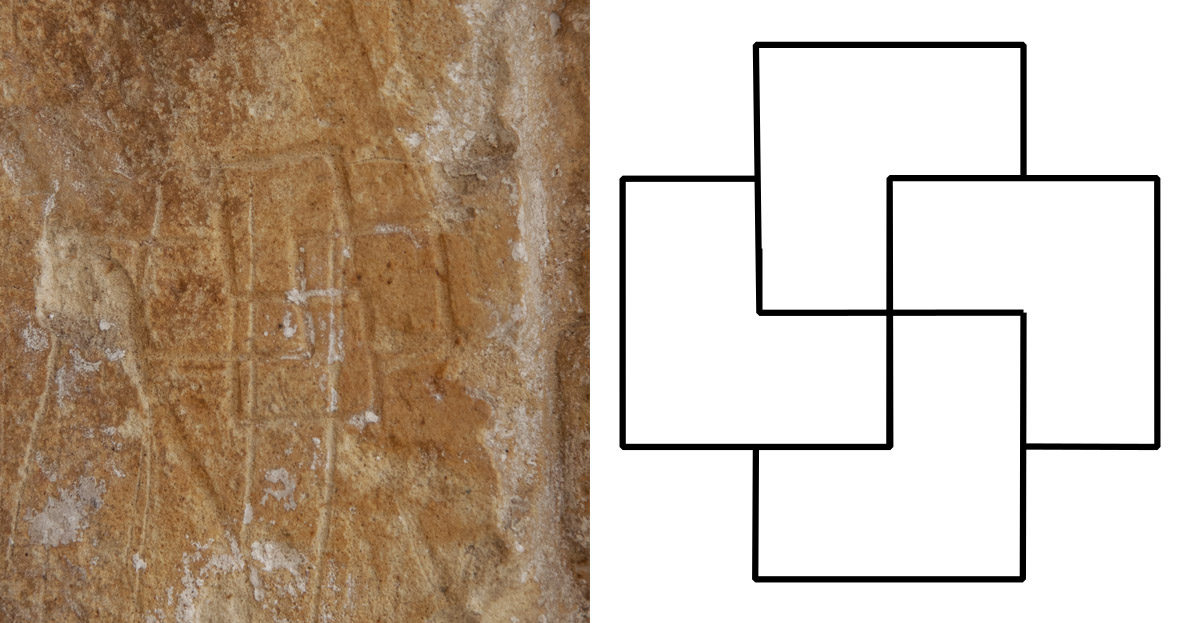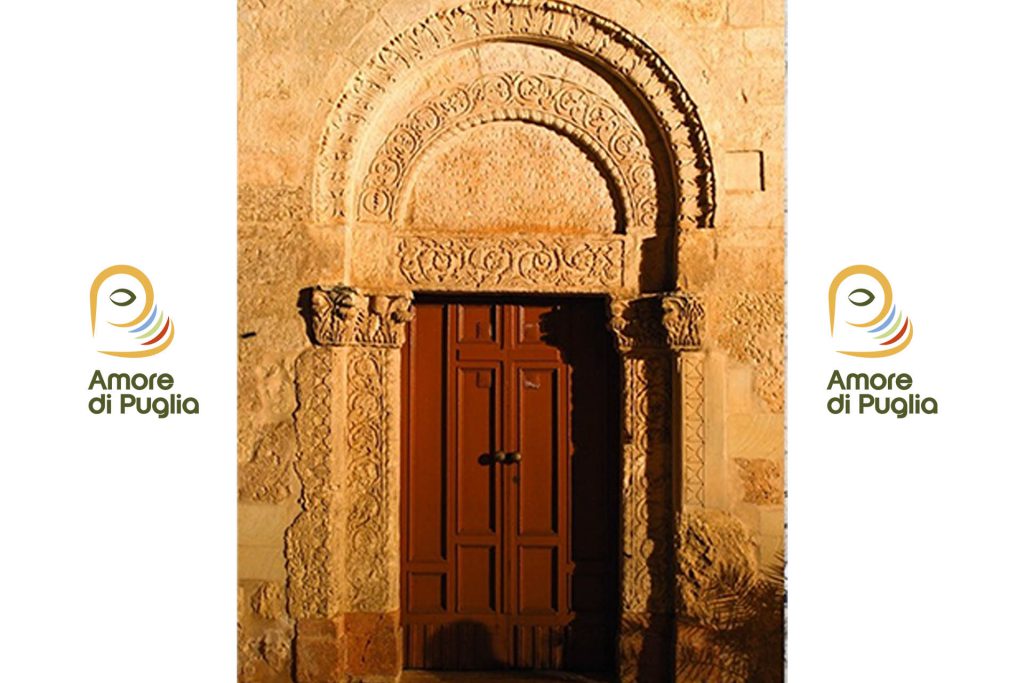Cart
3
Product You May Also Like
Payment details
Sub Total
60,00 €
Shipping
Free!
Total
60,00 €
Apply

 Classic Taste Taralli EVO
Classic Taste Taralli EVO
 Sciana
Sciana
 Fennel Taralli
Fennel Taralli























Leave a comment